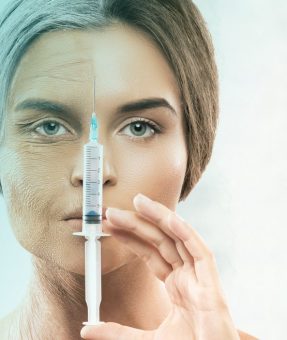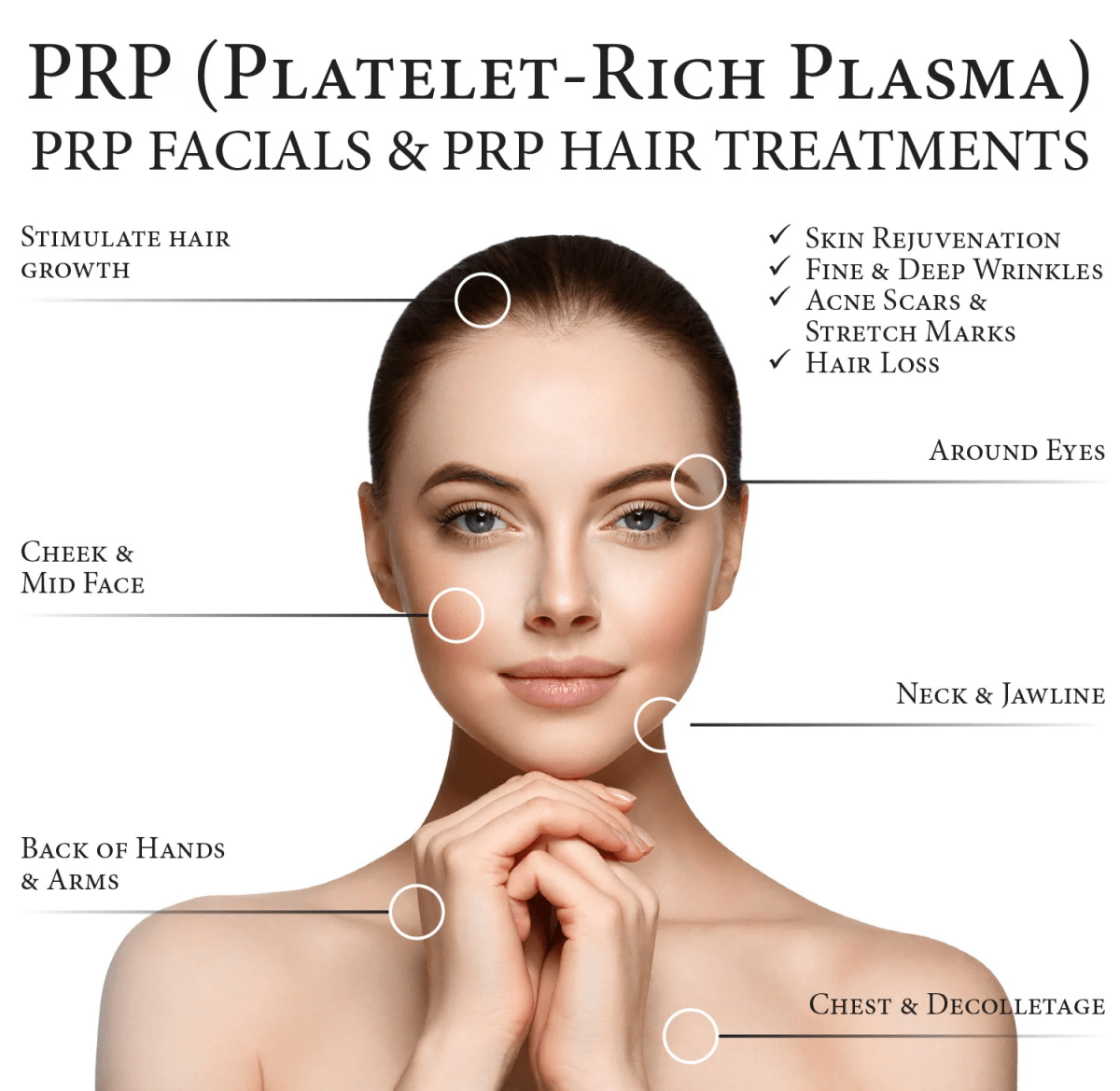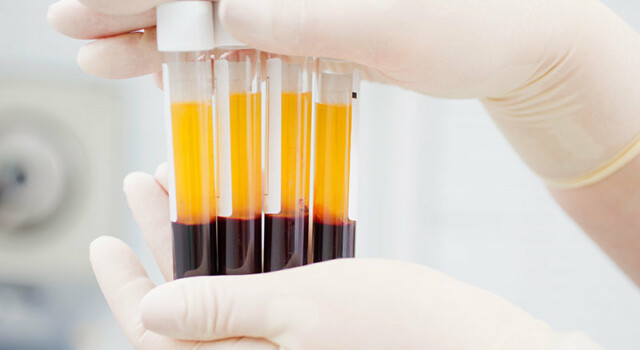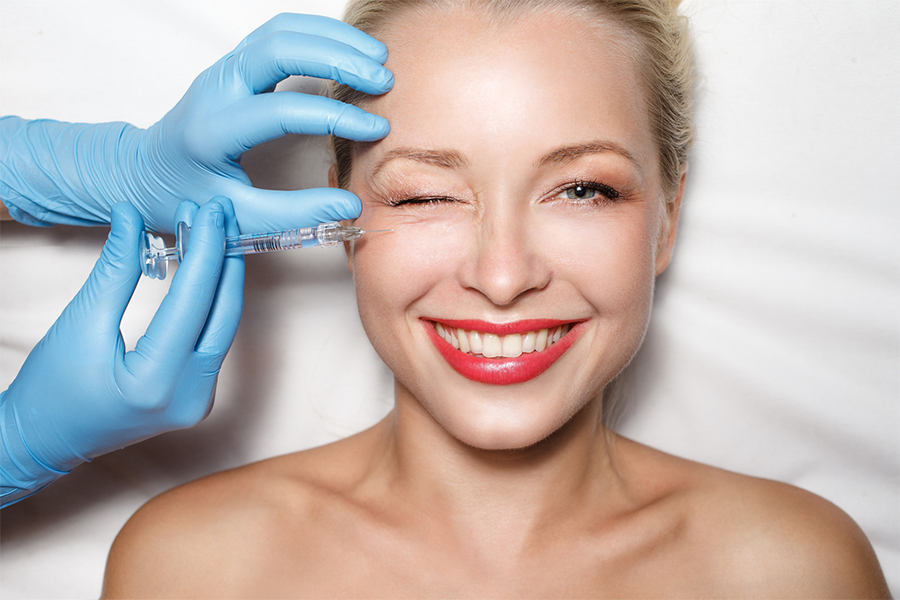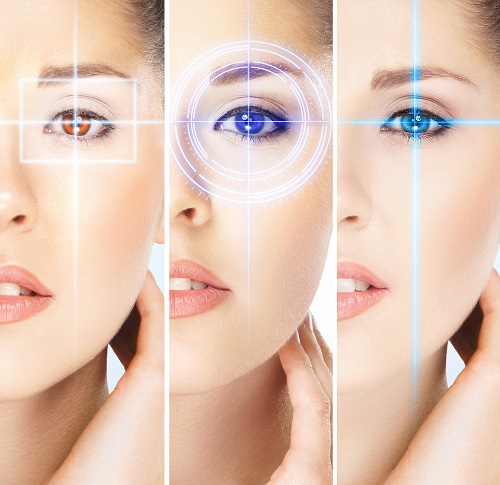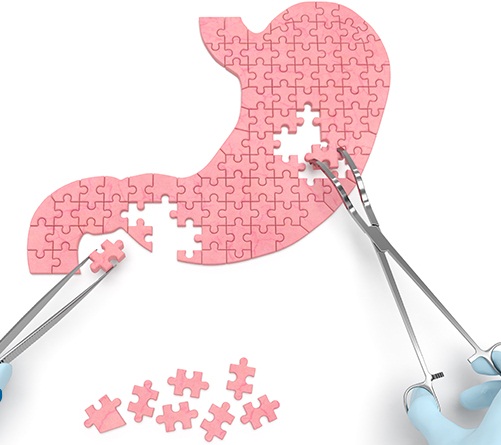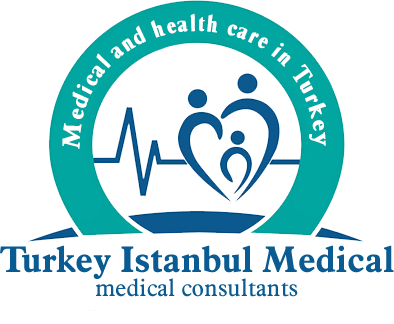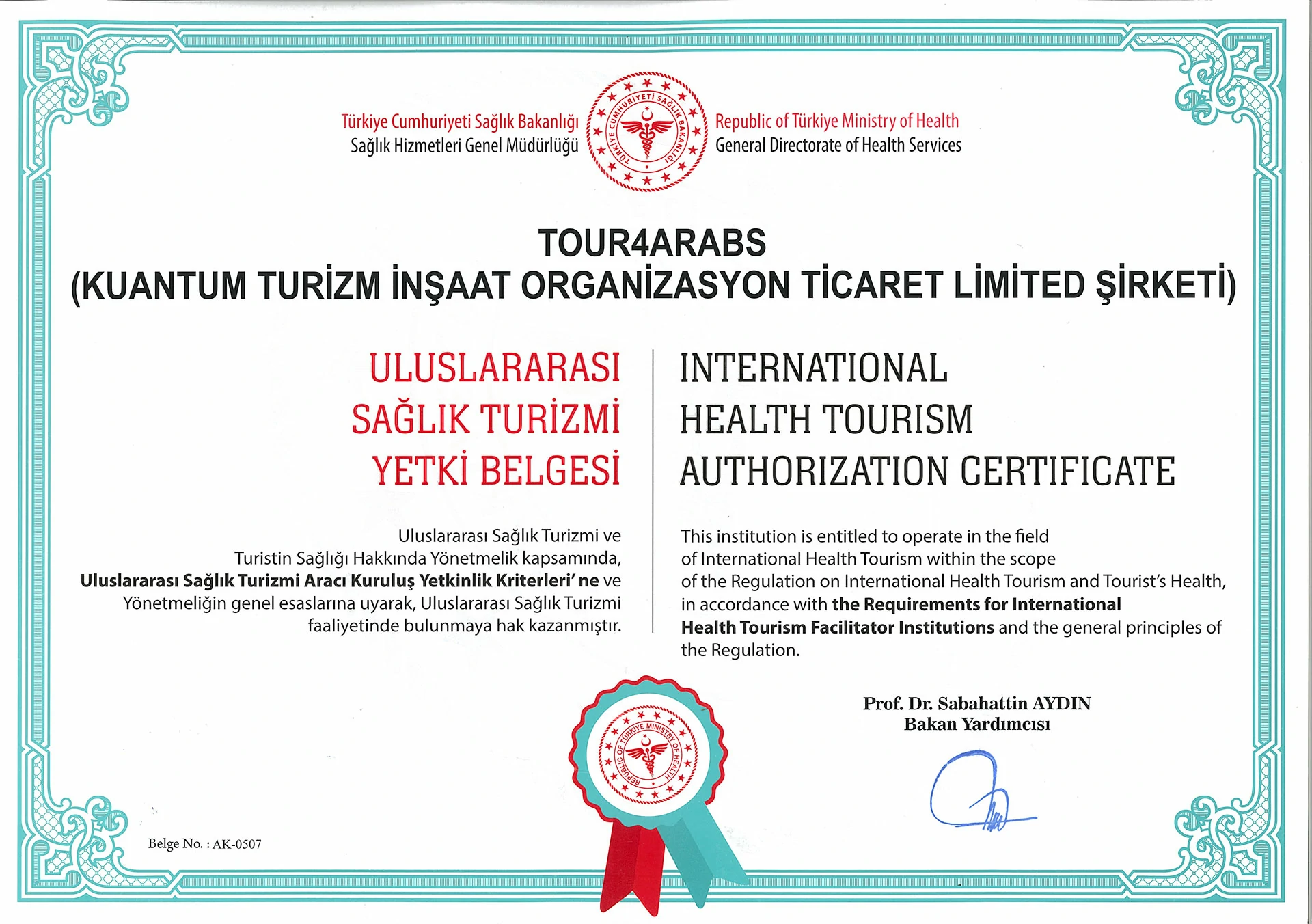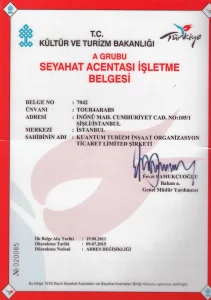PRP (Platelet Rich Plasma) Treatment
PRP is the abbreviated name of the treatment method called” Platelet Rich Plasma-Platelet (platelet, clot cell) enriched plasma application”. The practice of PRP, a new skin rejuvenation method, has been developed in recent years.
With PRP treatment, it is possible to heal some diseases in the body and rejuvenate the skin with one’s blood. In the treatment of PRP, where the person’s blood is used instead of the drug, especially with environmental and genetic factors, slowing cell regeneration is prevented. Hair loss, skin rejuvenation, pain treatment, orthopaedic is used to treat many diseases.
What is PRP Treatment?
In the PRP process, a small amount of blood is taken from a person’s body. Then the blood plasma is separated by a special process. It is given back to the body by injection. The plasma obtained is rich in cells called “thrombocytes”.
The main task of platelets is to ensure blood coagulation. Thanks to the growth factors they contain, they play an important role in wound healing.
This treatment is mostly used in the following areas.
- In cosmetic dermatology,
- Skin rejuvenation,
- Scar treatment,
- Crack removal,
- Hair loss
- Orthopedic treatment
It provides a completely natural rejuvenation without giving any foreign substance or medication to the body.
What is the Purpose of PRP İmplementation?
In the treatment of PRP, a serum of the patient’s own is obtained. The average density of clot cells in the serum obtained is measured as one million cubic millilitres. In PRP treatment, it is aimed to obtain vital growth factors that initiate all wound healing and tissue regeneration processes from clot cells. The clot cells and growth factors in the serum obtained by the PRP method spread to the lower tissues of the skin to replenish the skin by replicating new collagen formation and intercellular matter.
- Immediately after laser/peeling applications, to ensure the rapid construction of the skin
- To restore wrinkles, remove depressions, restore flexibility and brightness to return the results of years and UV exposure on the skin.
- To control the conditions in which wounds, cracks and skin qualities are damaged during a long recovery.
- It is used successfully in many areas, such as using it alone in hair loss and strengthening the effect of other treatment options, and above.
PRP is Effective in Which Diseases?
PRP has been applied in various fields of general surgery, plastic surgery and orthopaedics. Orthopaedic uses of these can be summarized under several titles.
Chronic Tendinopathies
79-93% successful results were obtained with PRP applications on tennis elbow. This ratio is slightly better than the results obtained with cortisone administration, and the disadvantages of cortisone administration are avoided. Similarly, 80% of successful results have been reported with PRP applications in Achilles tendon diseases, chronic patellar tendon injuries and plantar fascitis disease. In this patient group, PRP should be preferred when rest, drugs and physical therapy methods are not satisfactory.
Knee Ligament Injuries
Some studies show a faster recovery and return to sports in a shorter time with PRP injections after common internal ligament injuries in athletes.
Muscle Injuries
A faster return to sports has been reported with PRP injections in muscle withdrawals or intramuscular bleeding.
Osteoarthritis (Calcification)
In the early stages of osteoarthritis of the knee joint, PRP injections have been reported to reduce pain and improve function for 6 months. However, PRP treatment does not alter the natural course of the disease and cannot restore existing wear and tear. Comparative studies have shown that PRP injections are slightly superior to hyaluronic acid injections.
In Support of Cartilage Repair
The treatment of cartilage injuries in young patients remains an important problem. Today, it is not possible to reconstruct the damaged joint cartilage with its original architectural structure and biological properties. To improve the quality of the repair tissue created by many treatment methods, PRP has been introduced.
Biological drapes used in cartilage repair, called matrix, are synthetic and soluble structures that provide a suitable environment for the growth and transformation of cells into cartilage. It has been shown that higher quality repair tissue can be obtained with PRP or bone marrow concentrate applications with these matrices. This is the most studied and most exciting area of PRP today.
As an Adjunct During Surgery
In various studies, the jelly form of PRP has been used for the repair of knee prosthesis, shoulder muscle ruptures and anterior cruciate ligament repairs. Although it reduces postoperative bleeding, it has not been shown to have a positive effect on the results.
Who can PRP apply to?
PRP can be used alone or in combination with other regenerating methods in the treatment of sagging, wrinkles, scars, acne scars and hair treatments that require skin regeneration.
When are PRP Treatment Results Seen?
Since PRP treatment is based on the skin’s self-renewal, it is wrong to expect immediate treatment outcome. The results of PRP treatment appear after the second or third session. After PRP treatment, tightening and sagging of the skin, wrinkles, lightening of the spots, lightening of the skin, brightening of skin colour and scarring occur. After the scalp applications, there is an increase in the thickness of the hair and a thickening of the areas seen rarely.
How Many Applications are Needed to Achieve the Full Effect?
To achieve a final result, it is necessary to make at least 3 injections at 3-week intervals. Subsequent application every 6-12 months allows the preservation of results. Will the positive results obtained with a cure disappear completely afterwards? It does not disappear, but cures of 3 or 4 applications should be repeated every 6-12 months. In this case, the effect of cures applied is equivalent to a permanent rejuvenating effect. This means that a cure of 3 or 4 treatments every 20 days should be repeated on average every year.
Who does PRP not Apply to?
Do not apply to blood thinners, cancer history, blood disease, autoimmune disease, infection and inflammation in the area to be made, pregnant and nursing.
